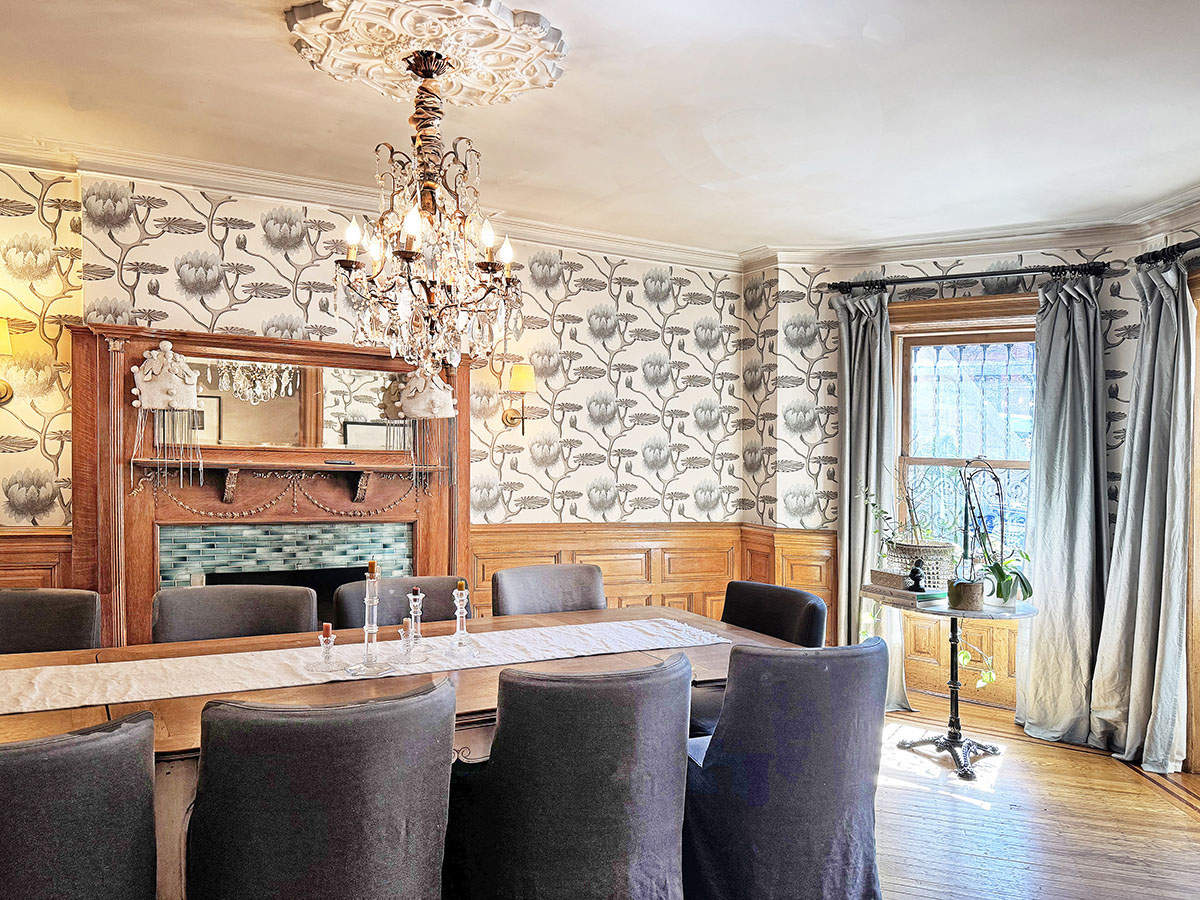Development Watch: 80 Dekalb Avenue
There hasn’t been much progress on-site at 80 Dekalb recently but behind the scenes it appears that Forest City is getting its ducks in order. Speaking at the Brooklyn Real Estate Roundtable luncheon a couple of weeks ago, FCR’s MaryAnne Gilmartin noted that $109 million in tax-exempt financing is expected to be approved for the…


There hasn’t been much progress on-site at 80 Dekalb recently but behind the scenes it appears that Forest City is getting its ducks in order. Speaking at the Brooklyn Real Estate Roundtable luncheon a couple of weeks ago, FCR’s MaryAnne Gilmartin noted that $109 million in tax-exempt financing is expected to be approved for the 34-story building. As this one’s an 80/20 deal, 292 units will be market rate, 73 low-income. The breakdown, Gilmartin said, will be 34% studios, 51% one-bedrooms and 15% two-bedrooms. Rents are projected to be in the mid-$50s; leasing is expected to begin next summer. One other interesting number for the development junkies out there: Hard costs on the project are predicted to be about $390 per square foot.
Public Hearing Scheduled for 80 Dekalb Financing [Brownstoner] GMAP P*Shark
Development Watch: 80 Dekalb Avenue [Brownstoner] DOB
Demo Done at Site of Ratner’s Dekalb Tower [Brownstoner]
At 80 Dekalb, No Mention of Ratner [Brownstoner]
Ratner: ‘Fort Greene, I’ve Got You Surrounded’ [Brownstoner]





I agree with guest..three/four bedroom apartments would be nice. Families with 2 or three children are nice. Communities with children are great.
Someone got miffed when I pointed out that the gentrification ads dont show black men -w- black women.. but they also tend not to show children either.
Families are nice. New developments – condos, coops or rentals designed for families with 2 or 3 children – and room for grandma/grandpa are nice.
If the building gets a 421(a) tax abatement, then it pays lower taxes. 1:50 is right; that is a subsidy paid by city taxpayers. The hope, however, is that over time it increases the city tax base because it invites real estate investment that wouldn’t otherwise happen and/or non-exempt appreciation in the neighbors’ property. If that is right, the subsidy ultimately will be paid mainly by new home buyers (in the form of higher prices).
As for tax exempt bonds, the subsidy cost is borne by all taxpayers nationally (because they need to pay taxes to make up for the losses here) as well as by all non-subsidized borrowers (who pay a higher interest rate because some investment capital is sucked off into the subsidized bonds). Polemicist, do you think that tax subsidies are free or that New Yorkers don’t borrow?
Polemicist:
If the 80/20 bonds are taxable, what are the $109m in tax-exempt bonds that the FCR’s Gilmartin references?
ratner = o’doyle
1:50
The 80/20 program is typically considered very successful, and you don’t seem to understand how this kind of financing works. 80/20 bonds ARE in fact taxable. It is the 50/30/20 program that has tax free bonds for the very low income units. The building participates in a 421(a) tax abatement program, but you forget to mention the building will be populated BY city taxpayers who pay income tax and sales tax. The bond issue, from a city standpoint, is largely irrelevant.
1:11
I too am surprised the HDC approved this unit mix. 30% studios? It shows you how the government is desperate to provide quality housing for the FIRE industries in Manhattan.
*dozes off*
“mid-$50s” is price per sf annually. So a 500 sf studio would lease for $55*500 = $27,500/year or $2292/month.
Pretty expensive if you ask me
squish
Once again, Brucie gets a sweet deal at the expense of city taxpayers. Over $100 million tax exempt bucks for 73 low income apartments.